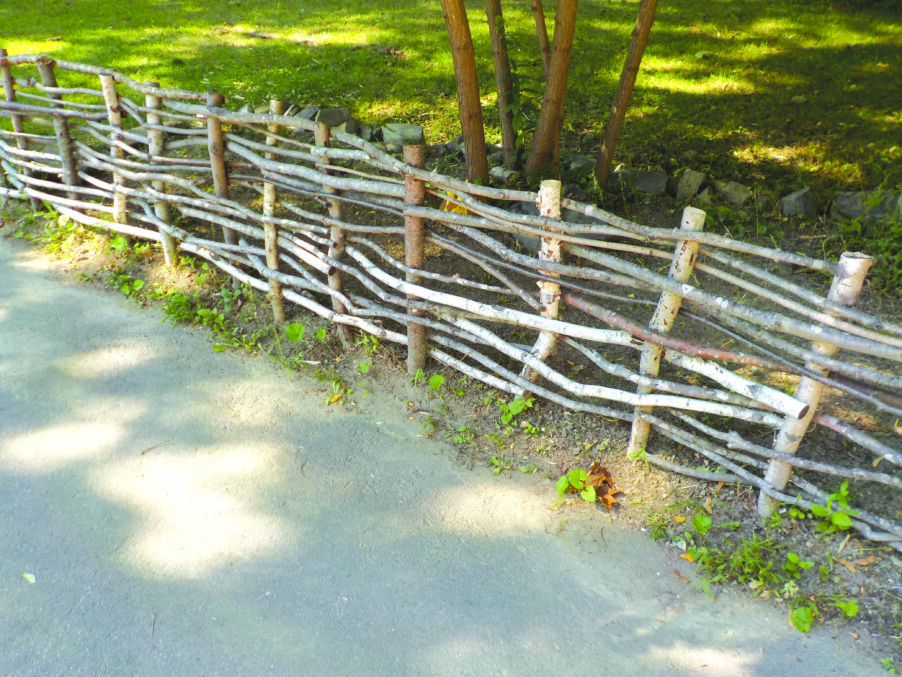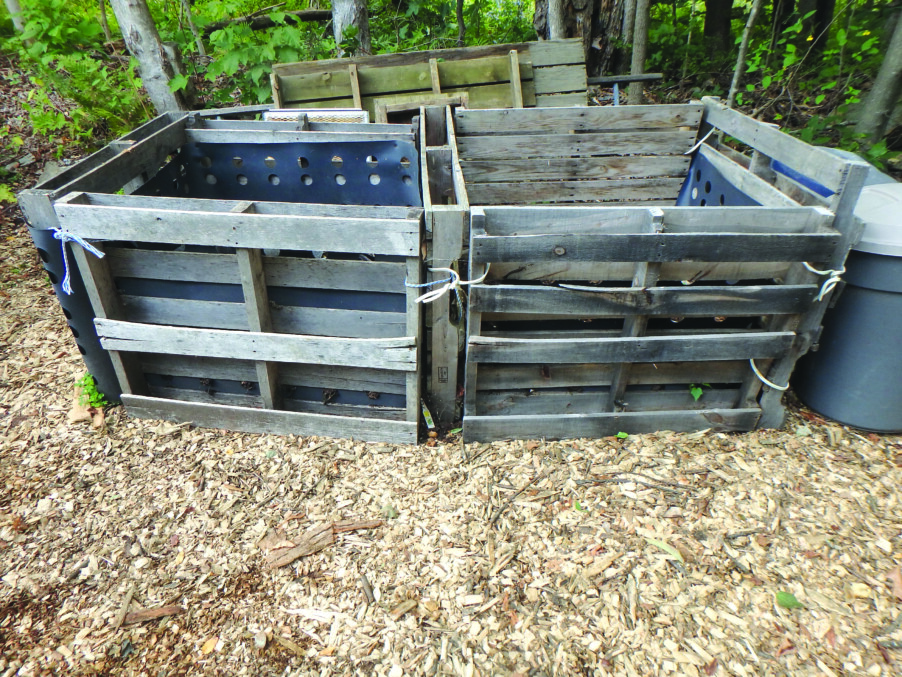Family fun for the weekend
Another fair weekend
• The Granite State Fair, which kicked off last weekend, continues Thursday, Sept. 23, through Sunday, Sept. 26, at 72 Lafayette St. in Rochester. The fair and midway open at 4 p.m. on Thursday and Friday; the fair opens at 10 a.m. and the midway opens at noon on Saturday and Sunday, according to granitestatefair.com, where you can buy tickets and find directions. Admission costs $10; kids 8 and under get in free. Shows, ride passes, parking and more require separate tickets, which are also available online (where you can find height requirements for the rides, in case you’re trying to figure out which kids are tall enough for which rides). One event to consider: Circus Hollywood, with shows at 5 and 7 p.m. on Thursday, Sept. 23, and Friday, Sept. 25; at 2, 5 and 7 p.m. on Saturday, and at 2 and 5 p.m. on Sunday. General admission is included, or get a ringside premium box for $15 (each box allows up to four guests), according to the website.
Another festival weekend
• Beaver Brook Association (117 Ridge Road in Hollis; 465-7787, beaverbrook.org) will hold its 40th annual Fall Festival and Nature Art Show this weekend — Saturday, Sept. 25, and Sunday, Sept. 26, from 11 a.m. to 5 p.m. The celebration has events for all ages; for the kids, there’s a children’s art exhibit, a petting farm and children’s nature crafts, according to the website.
• We’re still in the thick of Old Home Day season and this weekend the Sandown Old Home Day Fall Festival will come to Sandlot Sports (56 North Road in Sandown) with events Friday, Sept. 24, through Sunday, Sept. 26. Saturday, Sept. 25, is the big day with games and a bouncy house and mini steam train rides from 10 a.m. to 4 p.m.; a coloring contest station from 10 a.m. to 2 p.m.; a bungee jump from 10 a.m. to 8 p.m.; face painting from 11 a.m. to 2 p.m.; cow plop bingo at noon and a pie eating contest at 2 p.m. There will also be a bike parade at 9 a.m. and live music from about 10 a.m. to 8 p.m., when fireworks are scheduled, according to the event’s Facebook page. On Sunday, check out fire and police station tours, the schedule said.
• DeMeritt Hill Farm (20 Orchard Way in Lee; 862-2111, demeritthillfarm.com) will hold its Harvest Weekend this Saturday, Sept. 25, and Sunday, Sept. 26, from 11 a.m. to 4 p.m. on both days. The schedule includes pumpkin painting, guessing games, food sampling and more, according to the website. The farm also offers hay rides on the weekends ($2 per person) and is in the thick of its pick your own apple season. (For more places doing pick your own apples, check out our “Farm Fun” cover story in last week’s (Sept. 16) issue of the Hippo, which features stories on upcoming agricultural fairs, apple picking and corn mazes. See hippopress.com and scroll down for the e-edition of the paper. The stories start on page 10.)
• J&F Farms (124 Chester Road in Derry; 437-0535) is offering a Fall Hayride on Saturday, Sept. 25, with ticketed times at 10 a.m., 1 p.m. and 3 p.m. The cost is $10 per person and includes a hayride to the pick your own pumpkin patch, cider doughnuts, a petting zoo and more, according to the farm’s Facebook page. Find tickets via a link to an eventbrite page on the Facebook page.




